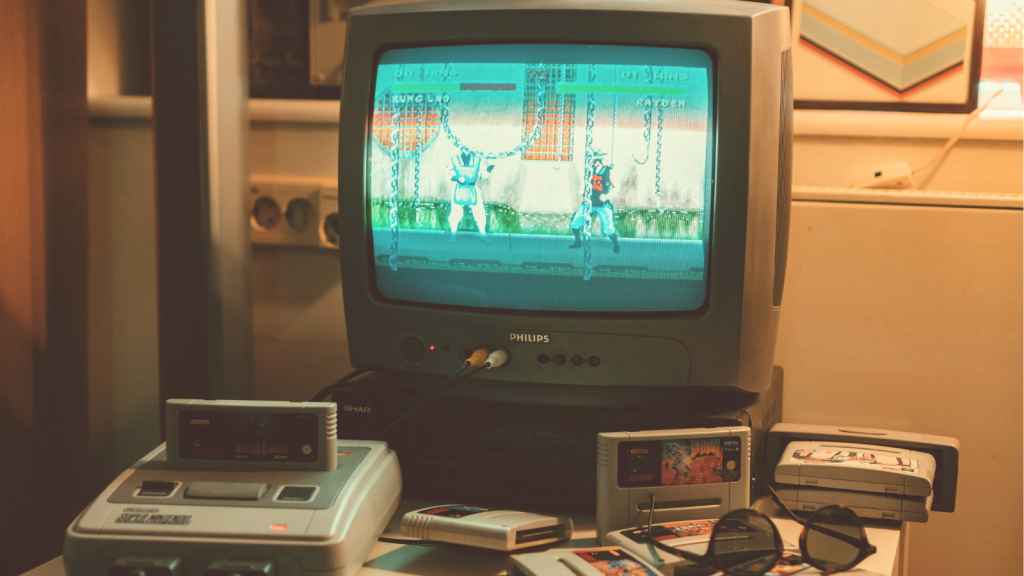Video games have come a long way, and today it feels like every new release fits neatly into just a few popular genres. But if you look back at gaming history, you’ll find a treasure trove of unique genres that once ruled the screens and delighted players. These forgotten genres had quirks and mechanics that made them special, and for a while, they seemed destined to be a huge part of gaming’s future. Over time, though, they faded away, making way for simpler or more widely popular formats. Let’s take a look at some long-lost gaming genres that deserve a second chance—because who knows? The next great game might be hidden in the past.
1. Text Adventures
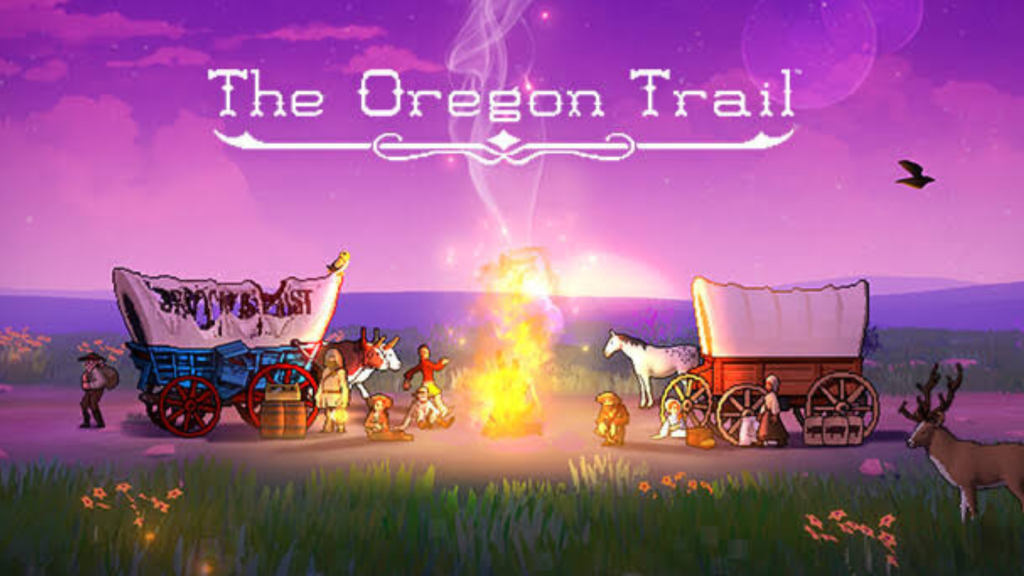
Text adventure games, also called interactive fiction, were some of the earliest forms of gaming. Without graphics, players would type commands to move through a story, solving puzzles and exploring through descriptions alone. While text adventures have evolved into modern RPGs, their slow-paced, text-driven immersion is something no other genre has replicated since. Bringing this back could offer a unique experience, especially for story-driven gamers.
2. FMV (Full-Motion Video) Games
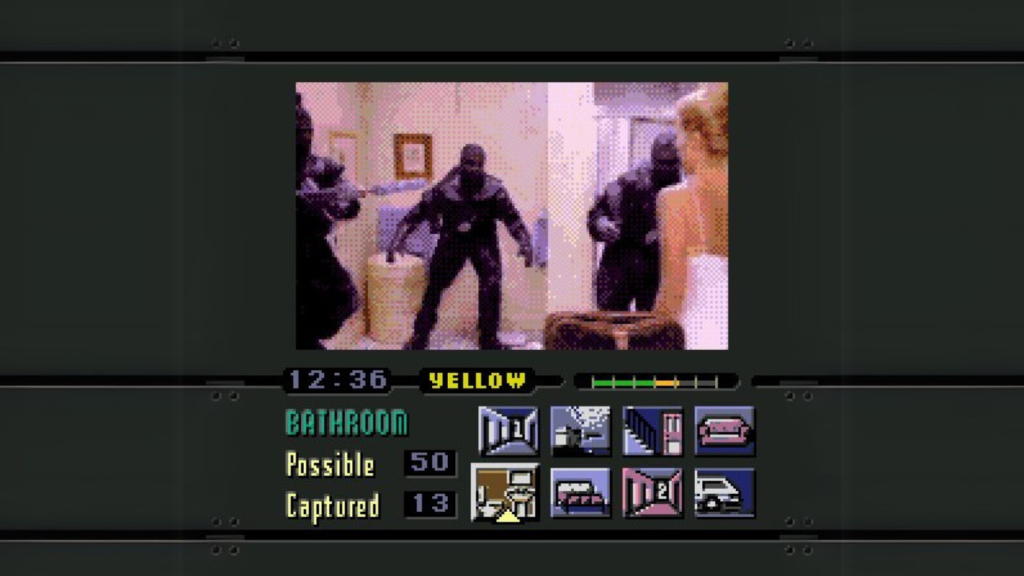
FMV games were popular in the ’90s, using real-life actors in pre-recorded video sequences to create cinematic experiences. Though the graphics were often cheesy by today’s standards, these games had a charm all their own. Reviving FMV could mean creating more interactive movies with today’s advanced graphics and video editing, giving players the chance to feel like they’re inside a real movie.
3. Typing Games
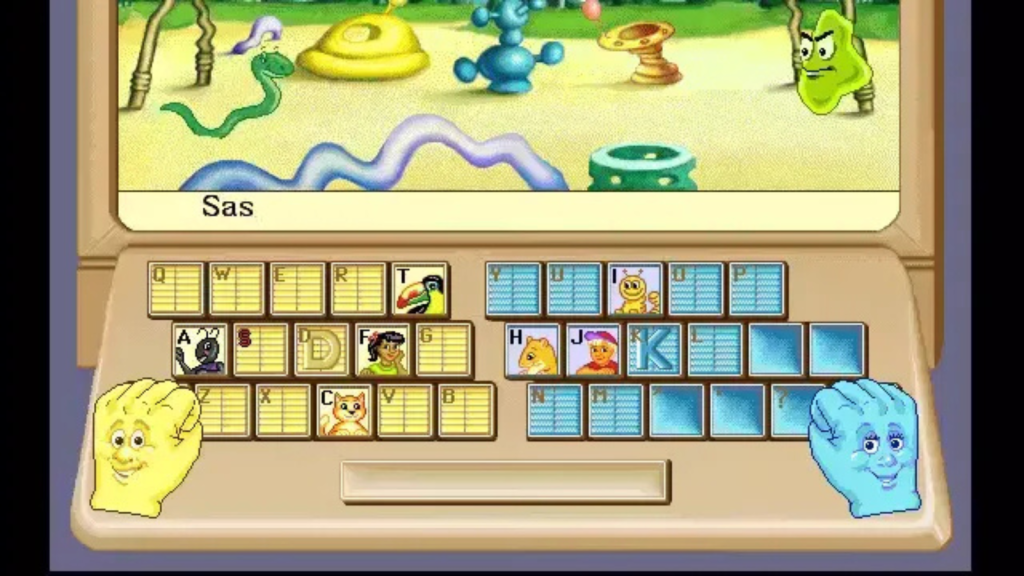
Typing games, where players control the action by typing words or sentences quickly and accurately, were surprisingly popular in the late ’90s. These games helped players learn to type fast while tackling in-game challenges, like taking down zombies with each keystroke. With educational games on the rise again, a fresh take on typing games could be both fun and useful.
4. Rail Shooters
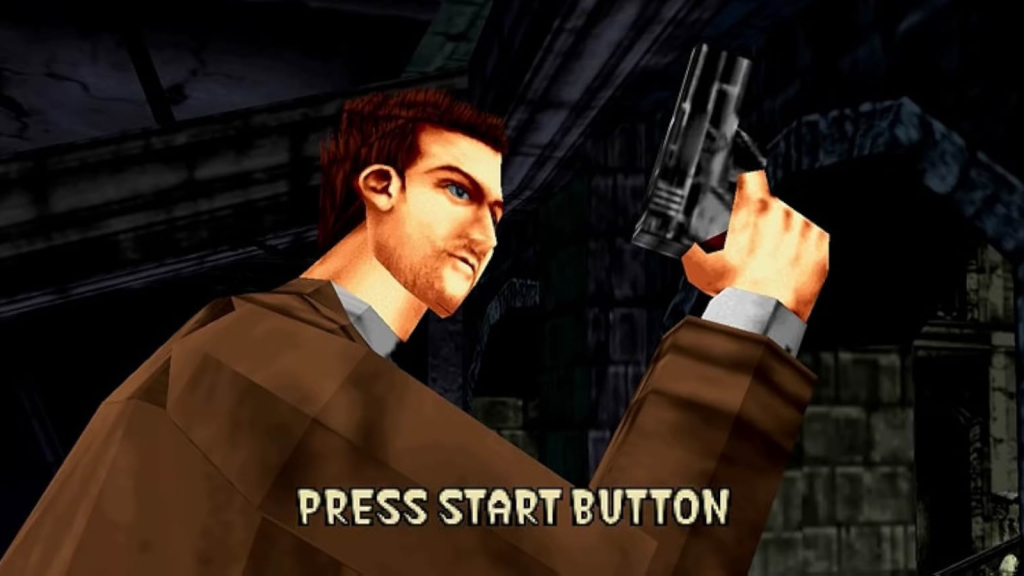
In rail shooters, players are “on rails,” moving along a fixed path while focusing solely on aiming and shooting. Games like House of the Dead and Panzer Dragoon were classics in this genre. With VR technology booming, rail shooters could be revived as thrilling, immersive experiences that are both fun and easy to pick up.
5. Light Gun Games
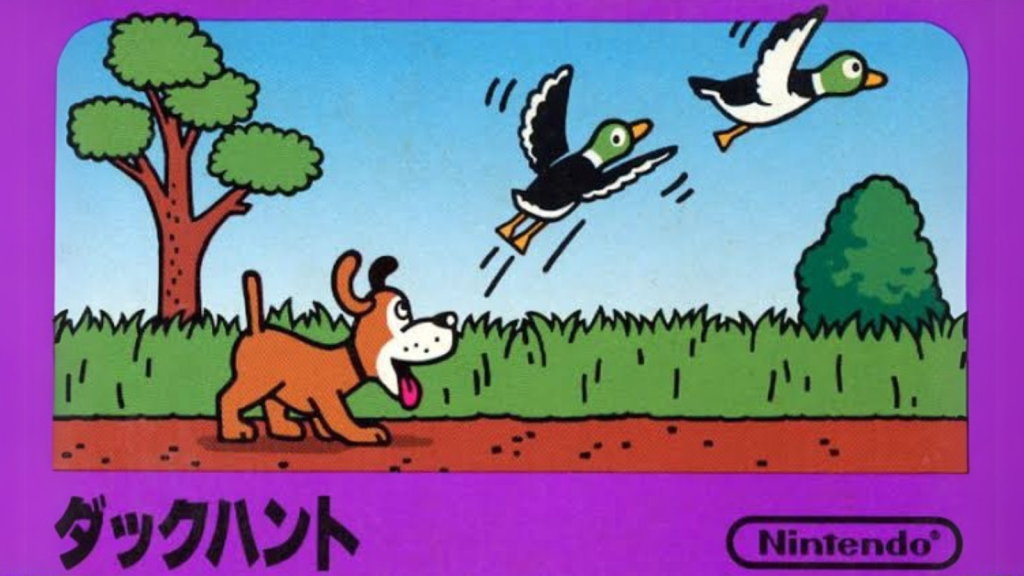
Arcade light gun games like Duck Hunt and Time Crisis were once hugely popular. With updated hardware and home consoles, these games could come back in a way that feels natural in a living room setting. Imagine taking aim with a modern light gun at home, hunting aliens or taking on zombies with accuracy and immersion.
6. City-Building Simulations

City-building games like SimCity let players build, manage, and expand entire cities, balancing budgets, dealing with disasters, and keeping citizens happy. Though there are some modern takes, today’s city-builders rarely go as deep as classics from the genre’s heyday. A comeback could bring the genre’s intricate design and management to a new generation.
7. Point-and-Click Adventure Games
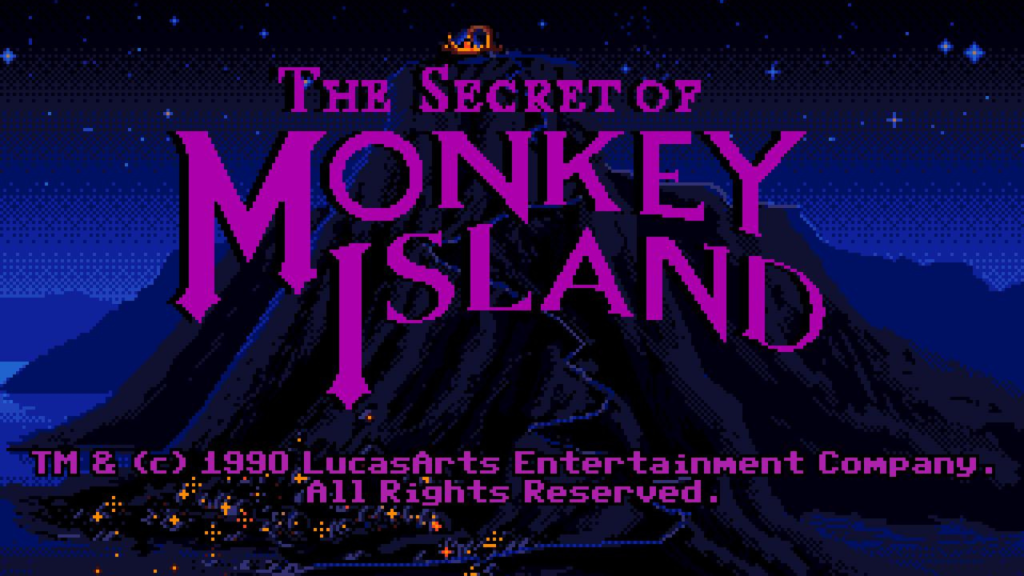
Point-and-click games, where players solve puzzles by clicking on items and interacting with characters, were once a staple of PC gaming. Titles like Monkey Island and Grim Fandango combined story, humor, and puzzles in a charming package. A revival could offer players an interactive story that’s both relaxing and challenging, with beautiful modern graphics.
8. Rhythm Action Games
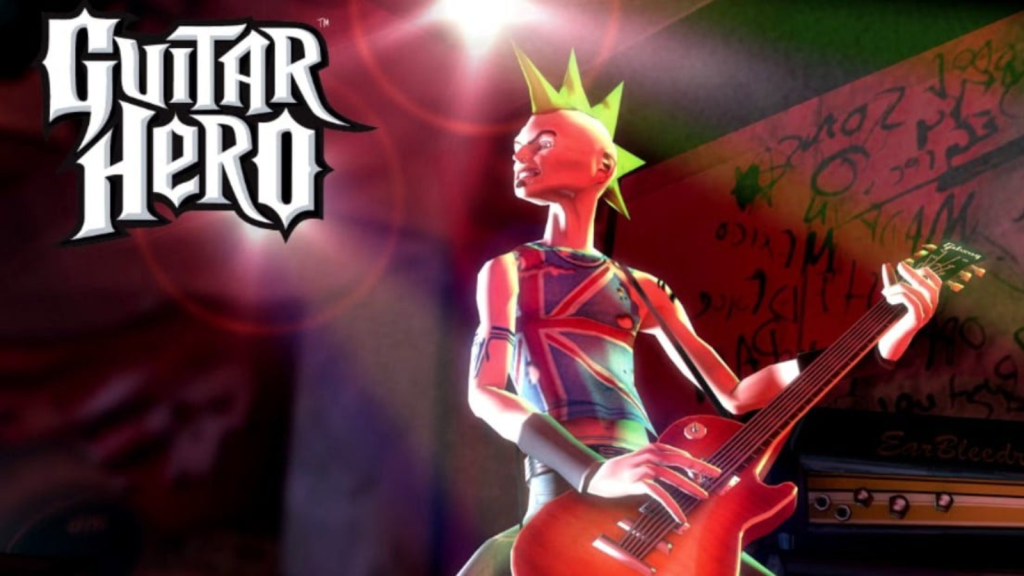
Rhythm games, like Guitar Hero and Dance Dance Revolution, once ruled arcades and living rooms alike. With today’s streaming capabilities and music variety, there’s potential for a new generation of rhythm games that combine music, dance, and online competition. Bringing this back could also reinvigorate parties and social gaming nights.
9. Space Trading and Combat Simulations
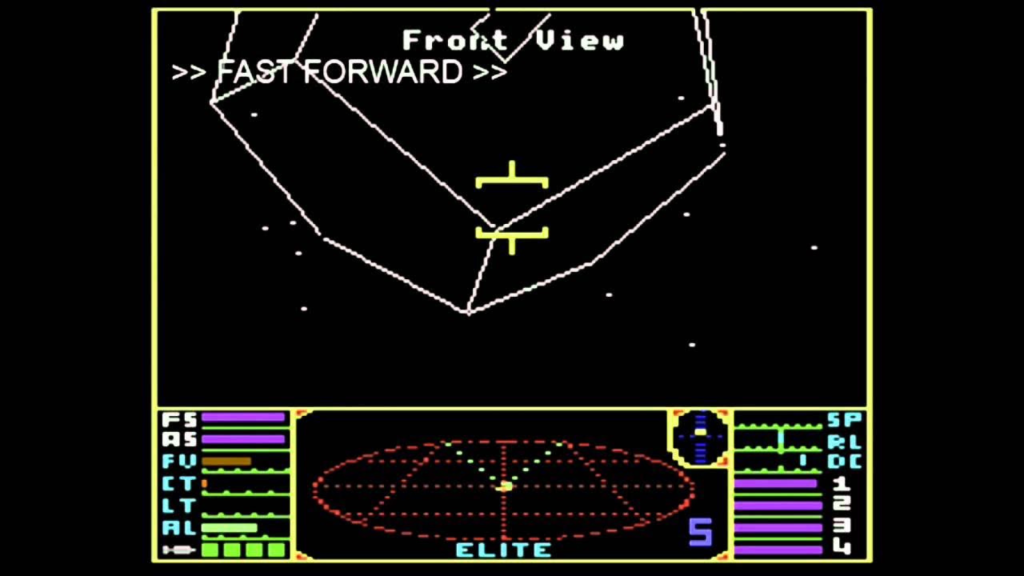
In space trading and combat sims, players would fly across galaxies, trade goods, fight pirates, and explore the unknown. Games like Elite and Freelancer gave players freedom in an open universe. With improvements in graphics and AI, this genre could come back in a major way, allowing players to explore, trade, and battle in a vast digital cosmos.
10. Stealth-Based Strategy Games
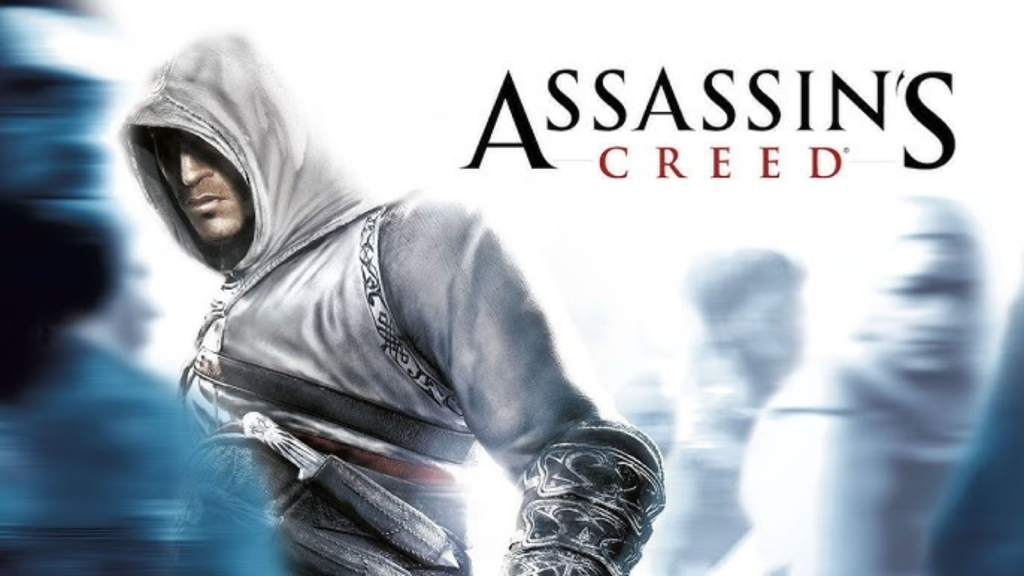
Before open-world stealth games like Assassin’s Creed, stealth was all about planning and patience. Games like Commandos and Desperados required players to control squads and carefully navigate hostile environments. This genre could make a powerful comeback, especially in an era where strategy games are having a resurgence.
11. Real-Time Tactics Games
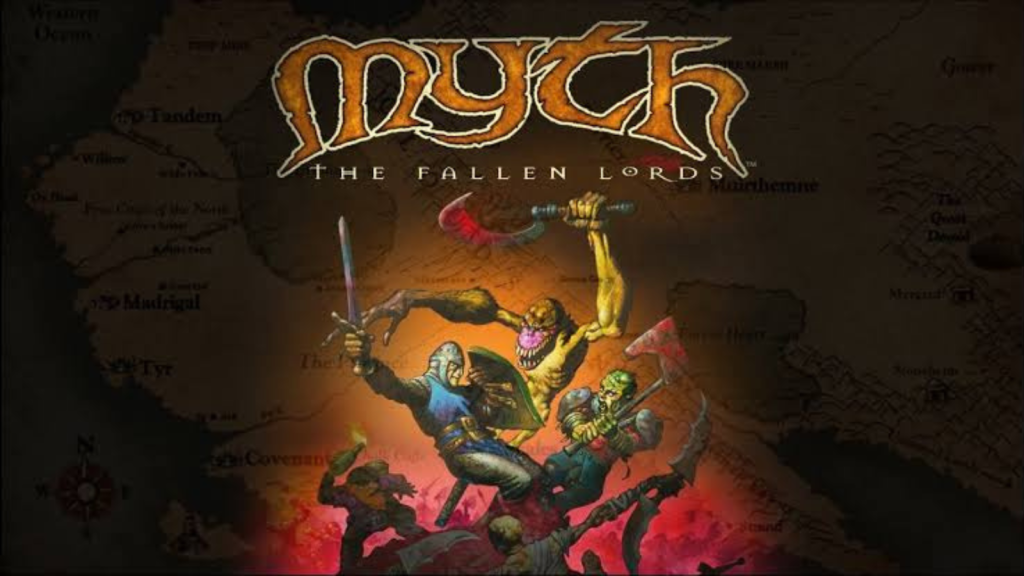
Real-time tactics games are similar to real-time strategy but focus more on small-scale, squad-based actions. Classics like Myth: The Fallen Lords combined real-time strategy with tactical gameplay, requiring deep planning without any base-building. Today’s RTS fans would likely love this, as it provides a balance of fast-paced action and strategy.
12. JRPG Dungeon Crawlers
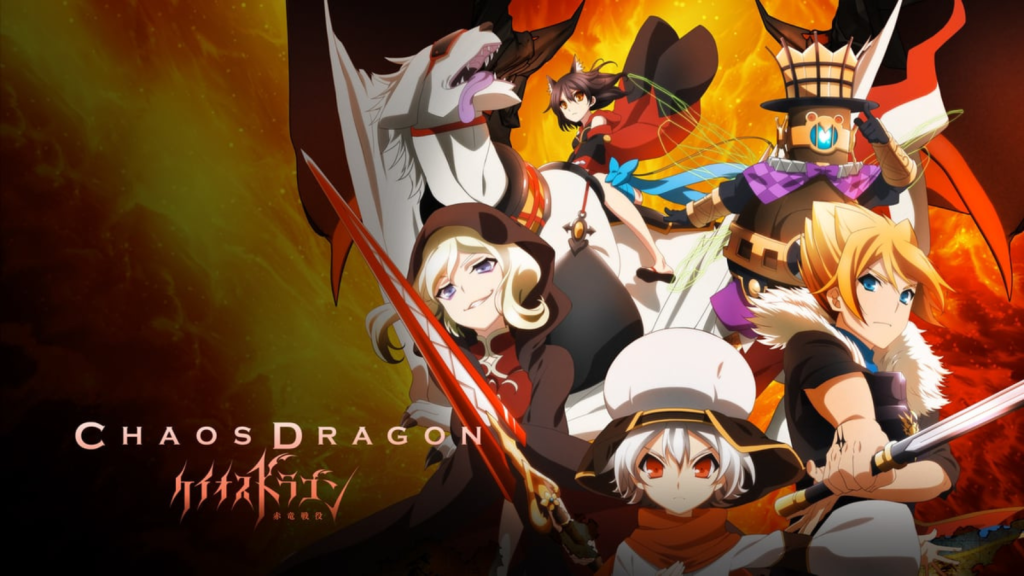
Japanese role-playing games with dungeon-crawling elements were hugely popular in the ‘90s, focusing on turn-based combat and exploration through labyrinthine dungeons. A revival would combine old-school RPG challenges with today’s graphics and smoother controls, making it more accessible to modern players.
13. Isometric Action RPGs
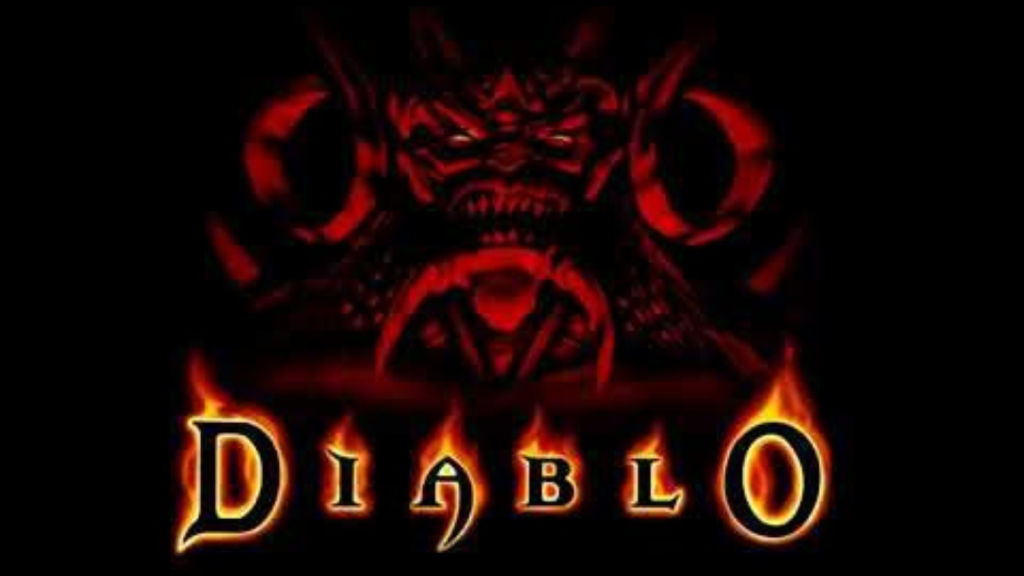
The isometric action RPG, made famous by games like Diablo, offers a unique perspective that combines exploration and combat from a bird’s-eye view. These games encourage players to collect loot, level up, and take down enemies in dark fantasy worlds. A revival could give fans new, beautifully designed worlds to explore from this engaging viewpoint.
14. Party Puzzle Games
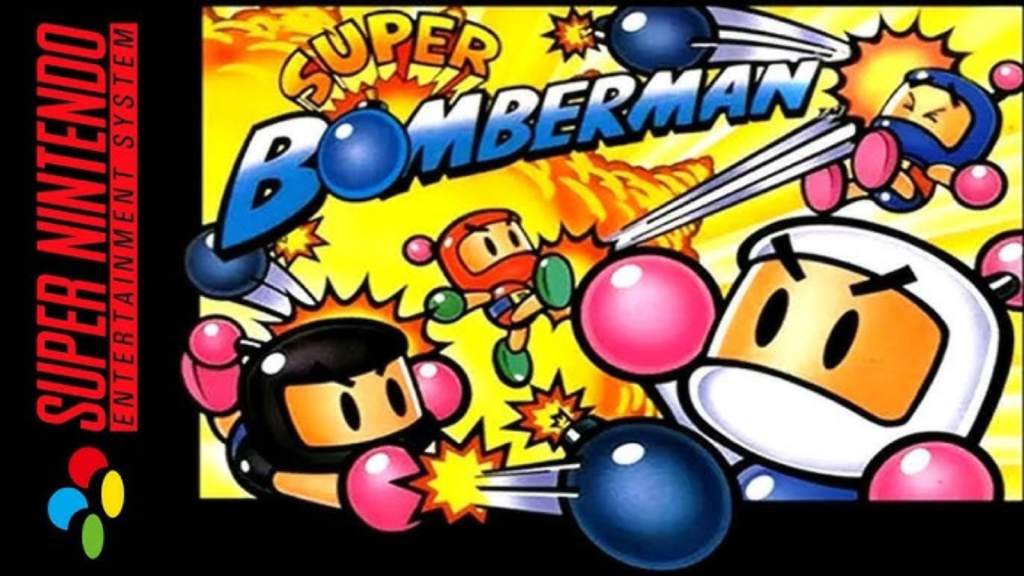
Party puzzle games, like Bomberman, had players competing in arenas, using strategy and quick thinking to come out on top. With the rise of online multiplayer, bringing this genre back could mean big, chaotic games perfect for friendly competition, reminiscent of classic couch multiplayer games.
15. 2D Beat ‘Em Ups
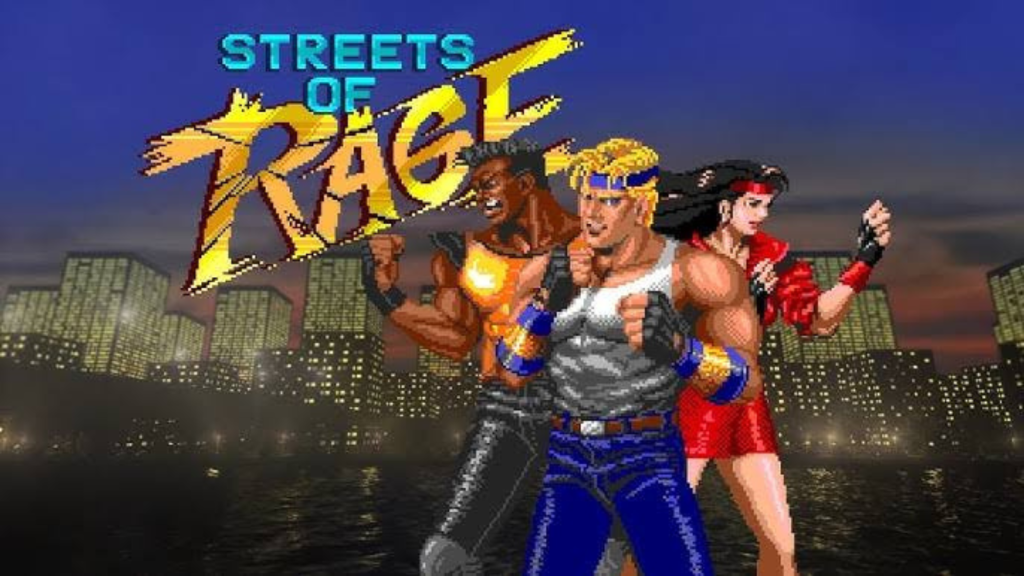
2D beat ‘em ups, like Streets of Rage, had players moving through levels, taking down waves of enemies with martial arts or weapons. This genre thrived in arcades and home consoles but faded as 3D action games took over. With their simple yet satisfying gameplay, beat ‘em ups could be perfect for mobile and handheld gaming today.
16. Educational Adventure Games
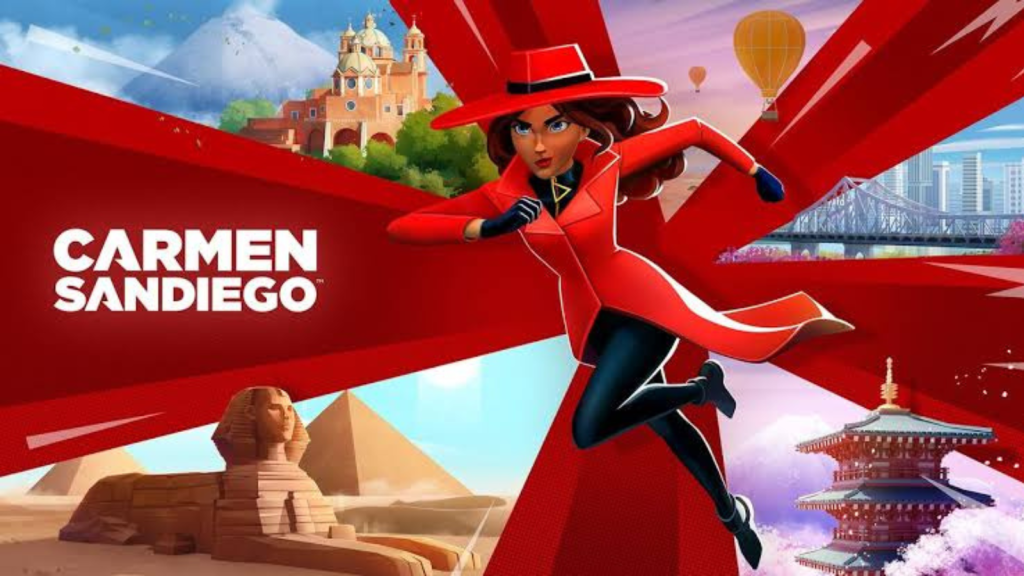
Educational games like The Oregon Trail or Carmen Sandiego taught real-world concepts while keeping players engaged in an adventure. Today’s educational games rarely hit the same balance of fun and learning, so reviving this genre could create entertaining games that are genuinely educational.
17. Vehicular Combat Games
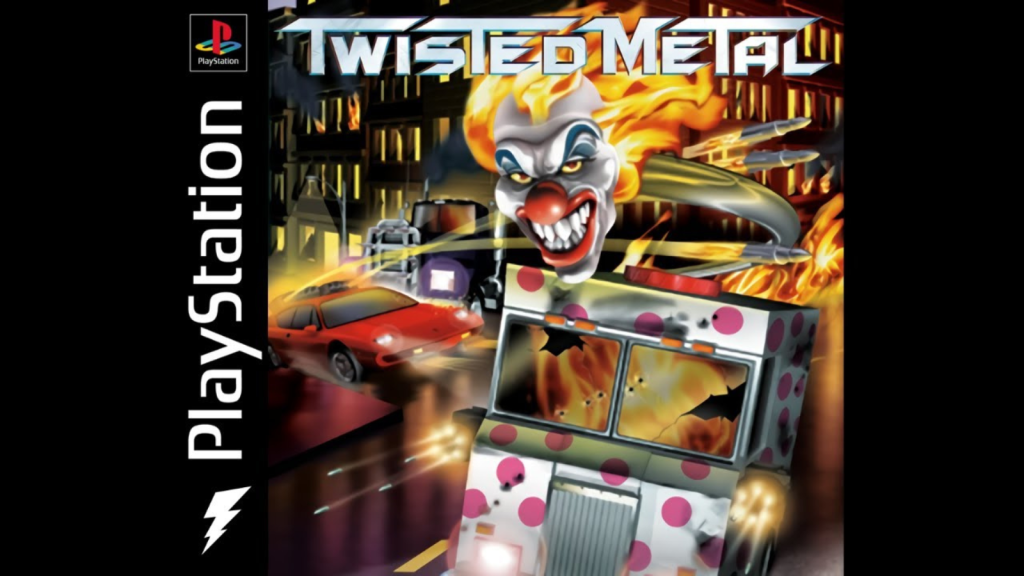
Vehicular combat games, like Twisted Metal, let players battle in vehicles equipped with crazy weapons in intense arenas. These games had a chaotic, action-packed feel that isn’t really present in today’s driving games. A revival could give action fans a chance to get behind the wheel and cause some (digital) mayhem.
18. 4X Strategy Games
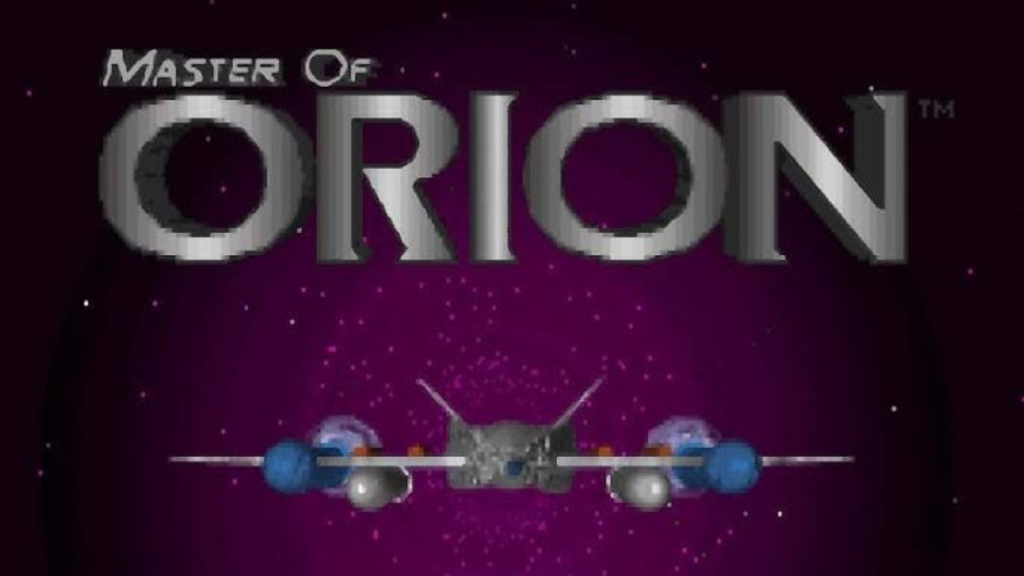
4X (Explore, Expand, Exploit, and Exterminate) strategy games, like Master of Orion, had players managing empires and waging large-scale wars. Though some titles exist today, they don’t quite capture the depth of classic 4X games. With improvements in AI and game design, a revival could bring a new level of complexity and excitement to empire-building.
Ellen has been obsessed with logic puzzles, jigsaws, and cryptograms since she was a kid. After learning she was taught how to play chess wrong by a family friend (so they could win), she joined her school chess club and the rest is history.
